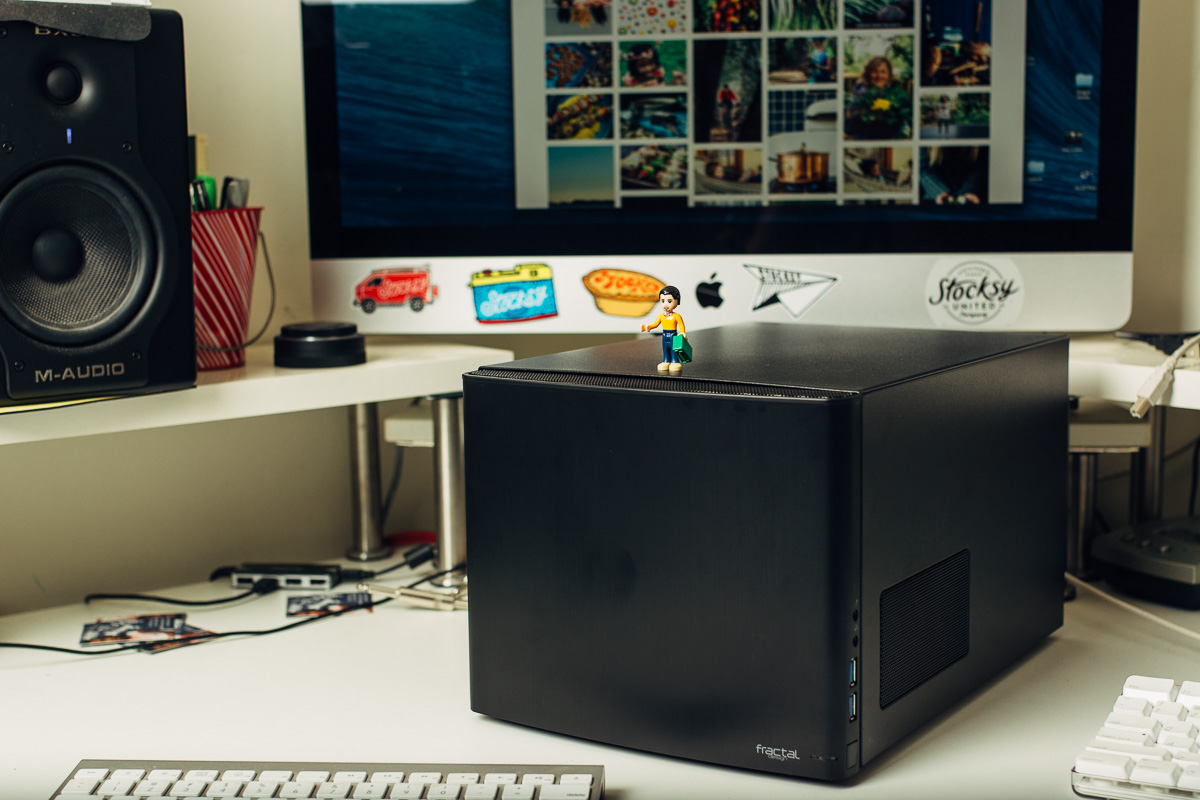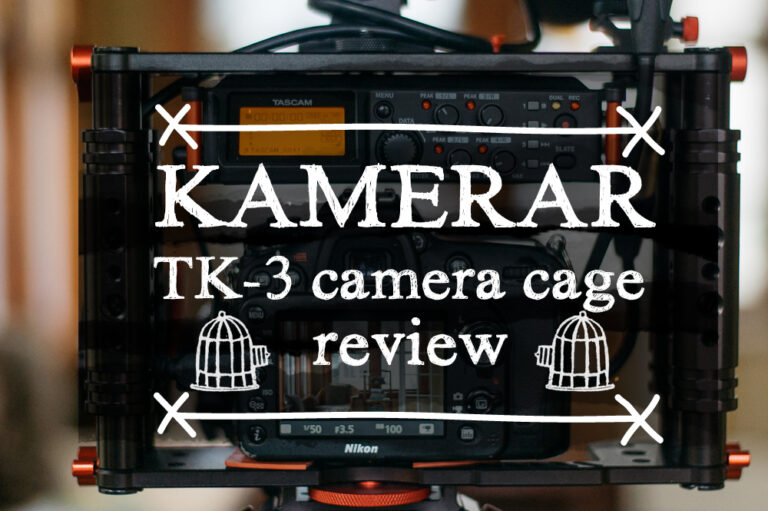So, what do you do when your storage bursts at the seams with your ever growing photo, audio and video library? You could do of course several things beside drink and forget. One of them is falling for a dedicated NAS (Network Attached Storage) as I did about 1 year ago which works just fine, as is supposed to. Second is to actually build yourself a storage that will overshadow any consumer dedicated systems in speed performance, storage, price and plain fun.
THE NEED FOR SPEED
I bought my 27″ iMac (made mid 2010) right after Apple announced Thunderbolt. Looks like I always have that luck, thinking that I am getting the greatest and latest only to discover the next day that the world actually moved on. It’s a great machine, really. It runs daVinci Resolve seamlessly with 1080p 24 fps ProRes 422 HQ footage (176 Mbps at 1080p24) at real time pulled off my current Synology DS214+ via a gigabit connection, with read speeds averaging 110 MB/s. Which is really what’s expected from a gigabit connection (theoretically we should be getting 1gigabit/8bits = 125MB/sec).
So, considering with my limited iMac connection ports USB2.0/firewire800/gigabitLAN, the LAN is at this point the fastest one.
For a dedicated video editing environment, a NAS (Network Attached Storage) connected via a 1gigabit is usually a no-no and should be avoided if possible. You would want to go with a Direct Attached Storage (DAS) connected via a Thunderbolt connection (10Gb/sec speeds). Or if you can wing it, getting 10gigabit network cards on your NAS and computer (and switch of course).
But again, my only option was to only use my existent 1gigabit network connection. You might be a little more luckier.
BUY OR BUILD?
As I mentioned, I currently own a 2-bay Synology with 2x 3Tb drives in a Synology Hybrid RAID, totaling 3Tb capacity (with data protection of 1 disk fault-tolerance). All good, except with my latest photo and specially video editing amount it runs at 91% capacity. So, I thought, just buy a 5-bay expansion unit that connects via an eSATA connector and problem solved. Well, not really. The RAID configuration would not extend to the expansion so the unit will end up just to be a pricey way of just make more room.
At this point, I tripped over numerous youtube videos detailing how to build your own NAS server even from an old computer you might have laying around (like the folks at Tek Syndicate NASFeratu). Putting two and two together, it started becoming more obvious that you can build a NAS that’s much cheaper, more performant and ultimately more fun than actually invest cash in a dedicated system out there. And it is really not that intimidating as it looks. You simply need to know how to match the components features and have some basic knowledge of computer hardware. We have so much more resources as compared to what we’ve had 10 years ago.
THE GABSTOR
So I thought of a system that would serve me well, pulling as much as I can out of this aging iMac with it’s connection port limitations. In the mean time I thought that if I’m already building a pretty performant computer, I might as well think down the line when I can use it as a Direct Attached Storage though a Thunderbolt connection, in which case it’ll be lightning fast. My main inspiration was the NASFeratu which the folks from Tek Syndicate built beginning of 2014 and use that as a starting blueprint for my build.
Everyone, please welcome… The GABSTOR!
As a housing, I started with the Fractal Node 304 case having a mini ATX form factor, and great airflow (two smaller fans in the front and one bigger in the rear). Noise is a big factor in these builds (with 5 HDD) and as mentioned by others who are using this case, it’s pretty minimal considering all the fans and spinning going on. The HDDs are sitting on rubber grommets, efficiently isolating them from the chassis and transmitting the whirring noise.
To make easier for you, I documented my build so you don’t have to spend time on matching processor sockets with motherboards, cases, PSU wattage, etc.
Thunderbolt is 12 times faster than FireWire 800 and up to 20 times faster than USB 2.0.
PCPartPicker part list / Price breakdown by merchant







